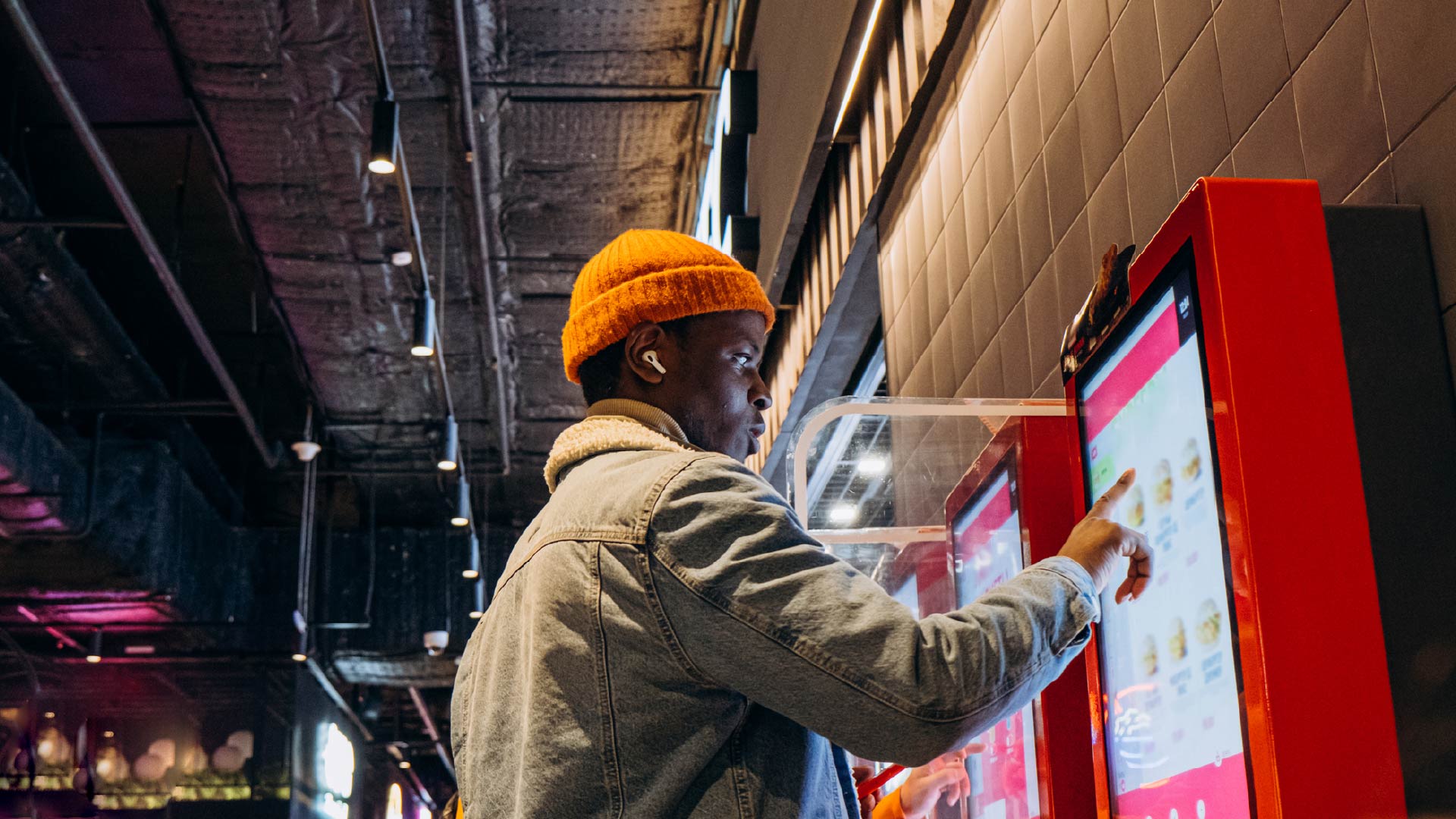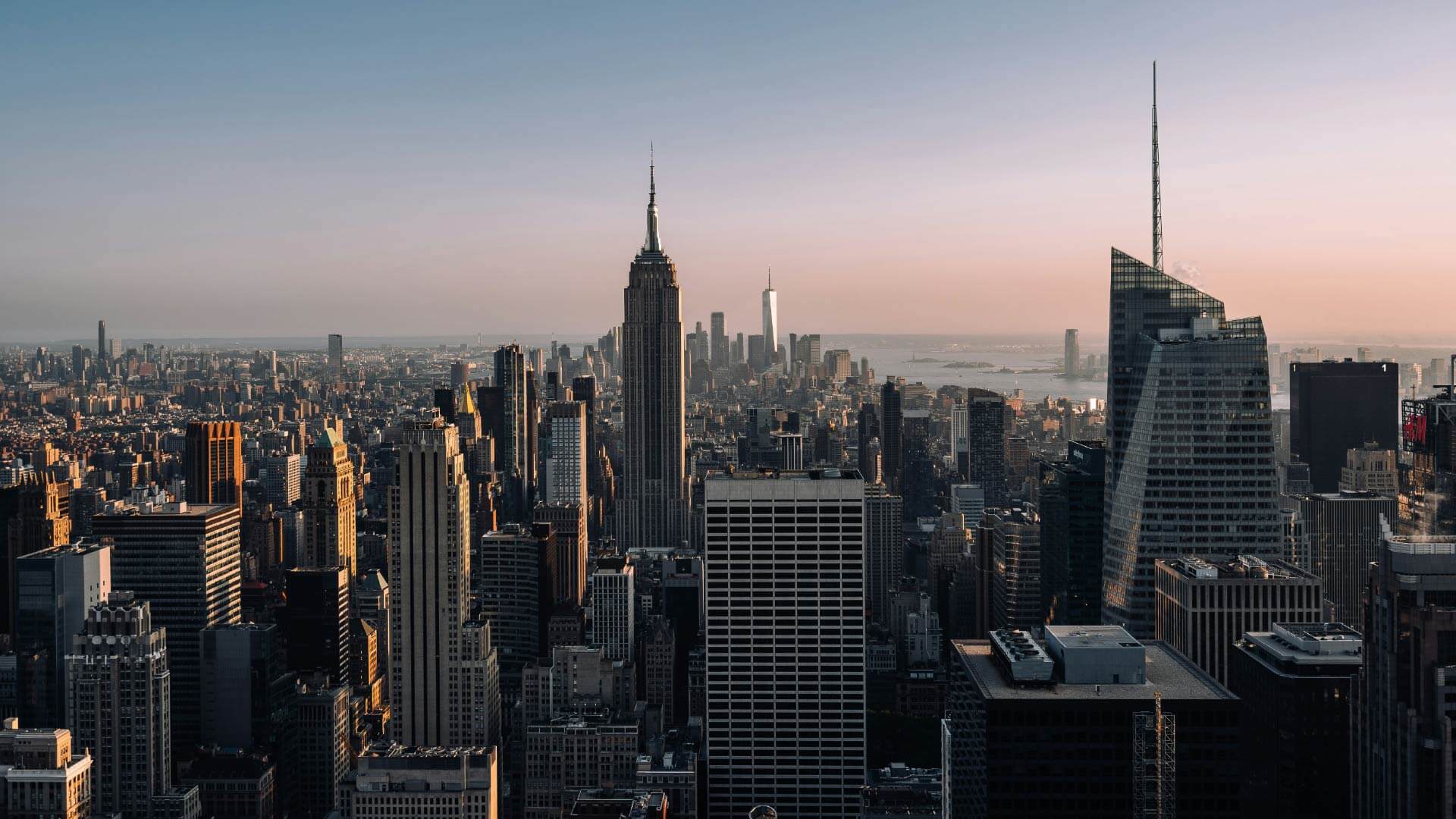One Comeback To Rule Them Mall
Suburban teens, food court enthusiasts and shopaholics rejoice! Malls are back – and better than ever. Once dismissed as outdated relics of the past, they’ve undergone a full 180-degree turn, transforming into vibrant social and retail hubs. In Q2 2025, open-air malls worldwide exceeded pre-pandemic foot traffic, while indoor malls came within 1.1% of 2019 levels – their strongest performance since 2020, signalling a surging recovery. In an era where headlines often mourn “the death of retail”, these numbers tell a different story. Malls aren’t dying; they’re evolving.
Notably, resurgence isn’t true for every mall, especially for Class B and Class C assets. What separates the thriving malls from the ghost towns is how they’ve updated the old playbook. For decades, the formula was simple: secure a few large anchor department stores, let them draw traffic and watch smaller shops fill in the gaps. That model made sense when department stores were cultural powerhouses. Today, however, they no longer hold the same sway. In the age of e-commerce, with consumers able to browse endless aisles from their couch, an anchor filled with generic assortments feels redundant. The very strength of department stores – breadth and uniformity – is now a weakness, because shoppers crave uniqueness and identity.
E-commerce hasn’t just changed where people shop; it has also changed why they shop in person. If the internet can deliver pretty much any product to a customer’s doorstep in a couple of days, walking into a store has to mean more than a transaction. This is why the modern mall model leans into discovery and experience. Direct-to-consumer brands such as Princess Polly and Warby Parker, which built their reputations online, are setting up physical locations in malls precisely because they offer a sensory layer that e-commerce sites cannot incorporate. Shoppers can try on frames, feel fabrics and – maybe most importantly – immerse themselves in a brand’s personality. For these retailers, malls are less about ringing up sales and more about acquiring loyal customers at scale.
So, what makes the winners stand out today?
- Immersive architecture and design. Flagship malls blur shopping with spectacle. For example, LaLaport Taipei Nangang’s Future Court features a four-story cylindrical LED display that showcases immersive digital art, branded content and experiential visuals, transforming the atrium from a passive resting spot into a space where shoppers remain actively engaged with brands.
- Retailtainment anchors. Former anchor spaces are being reborn as entertainment hubs. For instance, Elev8 Fun is turning 110,000 square feet at Miami International Mall into a mega entertainment venue with go-karts, mini-golf and more.
- Enhanced advertising and augmented reality (AR) zones. Malls are becoming testbeds for interactive advertising. At London’s Oxford Street Future Stores, LED installations track traffic flows and deliver adaptive content. Across Asia and the Middle East, AR zones are redefining mall engagement – such as Snap’s AR Ramadan Mall 4.0, a fully virtual, immersive shopping environment in which consumers explore branded spaces via AR.
- High-quality immersive experiences. According to Gensler’s Immersive Entertainment & Culture Industry Report 2025, roughly 73% of audiences say they are willing to travel for immersive experiences that really pique their interest, with a higher willingness to pay and greater expectations of quality. Malls are responding with large-scale installations: from virtual reality (VR) exhibitions such as ‘Titanic: A Voyage Through Time’ in San Antonio’s Rivercenter Mall to art-led experiences inside K11 ECOAST.
The struggling malls are the ones still clinging to the old anchor-first model, with empty wings and little to differentiate themselves. The thriving ones, meanwhile, embrace the reality that in the e-commerce age, shopping centers must be more than transactional – they must be cultural.
About The Author

Cara Haring
Senior Analyst




